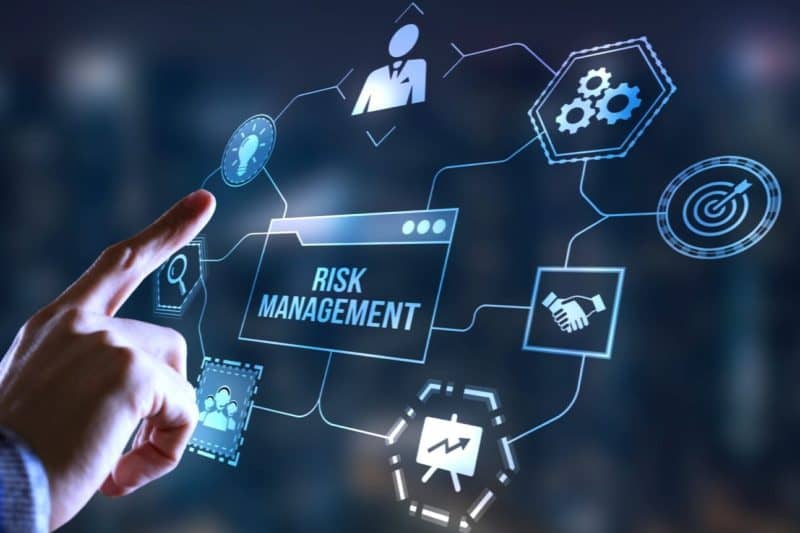What is Event Risk Management?
What is Event Risk Management?
Event planning can be a thrilling experience, but it also comes with its fair share of challenges. One of the critical challenges that every event planner faces is event risk management. It is the process of identifying potential risks, analyzing them, and coming up with strategies to avoid or mitigate them. Here we will discuss how to do event risk management in event planning.
8 Essential Risk Management Tips
Identify the Risks
Identifying potential risks that may occur is the basis of risk management. It would be best if you had a list of all the possible risks associated with the event. For instance, if you are organizing an outdoor event, there could be a risk of bad weather or unforeseen technical glitches. Make sure that you have a comprehensive list of risks that can be associated with the event.
Analyze the Risks
Once you have identified the risks, it’s time to analyze them. This step involves assessing the probability and severity of each risk. You should determine the likelihood of each risk occurring and how severe the consequences could be if it does occur. The analysis should also include the potential impact of the risks on the event’s objectives.
Develop a Risk Management Plan
After analyzing the risks, the next step is to develop a risk management plan. This plan should include strategies to avoid or mitigate the risks. For instance, if the event is outdoors, you can have an alternative indoor location in case of bad weather. Your risk management plan should also include steps to minimize the impact of risks that cannot be avoided.
Communicate the Risk Management Plan
The success of risk management planning depends on how well it is communicated to all stakeholders involved. Make sure to communicate the plan to everyone involved in the event, including the staff, vendors, and attendees. Everyone should understand their roles and responsibilities in case of any risk occurrence.
Test the Plan
It’s essential to test the risk management plan to ensure it works. Conduct a tabletop exercise where you simulate a risk occurrence, and test the effectiveness of the plan. It’s better to identify the plan’s weaknesses before the actual event to make necessary adjustments.
Monitor and Update the Plan
Risk management is an ongoing process that requires monitoring and regular updates. Even after the event is over, take time to evaluate the risk management plan’s effectiveness. Identify what worked well and what needs improvement. Use this feedback to update the plan for future events.
Assign a Risk Management Team
Having a designated risk management team can make the risk management process more efficient. This team should be responsible for identifying potential risks, analyzing them, and developing strategies to mitigate them. They should also be in charge of testing and updating the risk management plan regularly. Assigning a dedicated team can help ensure that nothing falls through the cracks and that all risks are adequately addressed.
Have a Contingency Fund
Even with the best risk management plan in place, there is always the possibility of unexpected costs. To ensure that the event runs smoothly, it’s a good idea to have a contingency fund set aside. This fund should be used to cover any unforeseen expenses that arise due to risks. Having a contingency fund can help mitigate the financial impact of risks and ensure that the event remains within budget.
Read our popular blog on Event Planning:
Beginner’s Guide to Event Planning
Top Event Management skills needed for success
Conclusion
Risk management for events is crucial in event planning. It ensures that potential risks are identified and appropriate strategies are put in place to avoid or mitigate them. By following the steps outlined in this article, you can effectively manage risks and ensure the success of your event. Remember to identify the risks, analyze them, develop a risk management plan, communicate the plan, test it, and monitor and update it regularly. With these strategies in place, you can minimize the impact of risks on your event and achieve your objectives successfully.
